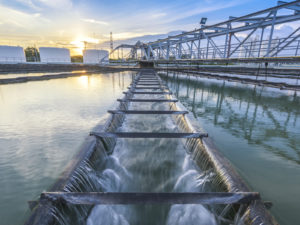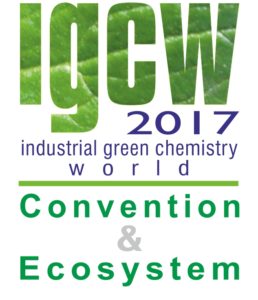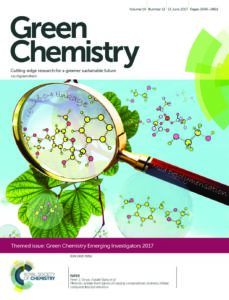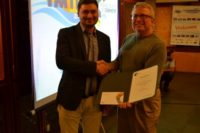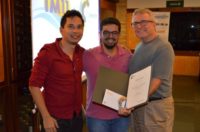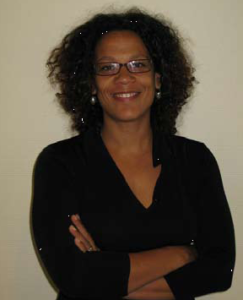We are delighted to announce that the Green Chemistry themed collection on Harvesting Renewable Energy with Chemistry is now online and free to access until the end of July 2017.
Direct, efficient, and selective routes from renewable energies to targeted added-value chemicals are a crucial token of the necessary paradigm shift towards energy systems based on renewable resources. Guest-edited by Walter Leitner, Alessandra Quadrelli and Robert Schlögl, this special issue will highlight innovative concepts and recent developments in academia and industry at the interface between the energy and chemical sector.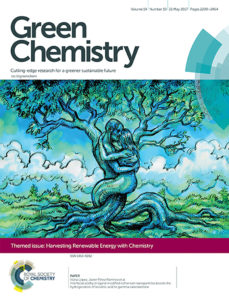
Read the full collection online
It includes:
Editorial
Harvesting renewable energy with chemistry
Walter Leitner, Elsje Alessandra Quadrelli and Robert Schlögl
Green Chem., 2017, 19, 2307-2308. DOI: 10.1039/C7GC90045G
Critical review
Structural models of the biological oxygen-evolving complex: achievements, insights, and challenges for biomimicry
Satadal Paul, Frank Neese and Dimitrios A. Pantazis
Green Chem., 2017, 19, 2309-2325. DOI: 10.1039/C7GC00425G
Critical review
Syngas production from electrochemical reduction of CO2: current status and prospective implementation
Simelys Hernández, M. Amin Farkhondehfal, Francesc Sastre, Michiel Makkee, Guido Saracco and Nunzio Russo
Green Chem., 2017, 19, 2326-2346. DOI: 10.1039/C7GC00398F
Communication
Earth-abundant photocatalytic systems for the visible-light-driven reduction of CO2 to CO
Alonso Rosas-Hernández, Christoph Steinlechner, Henrik Junge and Matthias Beller
Green Chem., 2017, 19, 2356-2360. DOI: 10.1039/C6GC03527B
Paper
Water splitting using a three-dimensional plasmonic photoanode with titanium dioxide nano-tunnels
Ryohei Takakura, Tomoya Oshikiri, Kosei Ueno, Xu Shi, Toshiaki Kondo, Hideki Masuda and Hiroaki Misawa
Green Chem., 2017, 19, 2398-2405. DOI: 10.1039/C6GC03217F
Paper
Continuous niobium phosphate catalysed Skraup reaction for quinoline synthesis from solketal
Jing Jin, Sandro Guidi, Zahra Abada, Zacharias Amara, Maurizio Selva, Michael W. George and Martyn Poliakoff
Green Chem., 2017, 19, 2439-2447. DOI: 10.1039/C6GC03140D
Comments Off on Harvesting Renewable Energy with Chemistry themed collection now online
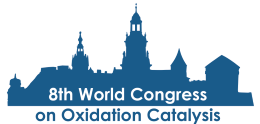 The 8th World Congress on Oxidation Catalysis will be held in Krakow, Poland from the 3rd – 8th September 2017. WCOC 2017 follows the series of meetings devoted to oxidation catalysis, which are organized every four years and have became the forum for researchers in the field of selective oxidation and oxide catalysts to gather and discuss new challenges and advances in these fields, as well as to generate new contacts and collaborations.
The 8th World Congress on Oxidation Catalysis will be held in Krakow, Poland from the 3rd – 8th September 2017. WCOC 2017 follows the series of meetings devoted to oxidation catalysis, which are organized every four years and have became the forum for researchers in the field of selective oxidation and oxide catalysts to gather and discuss new challenges and advances in these fields, as well as to generate new contacts and collaborations.










